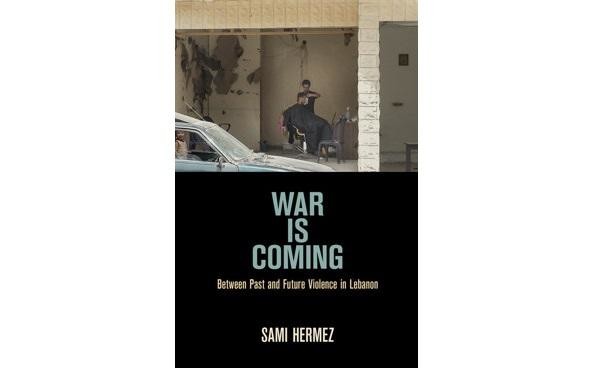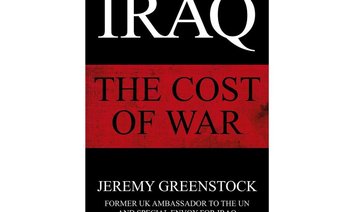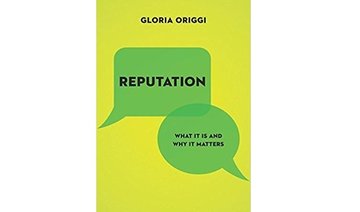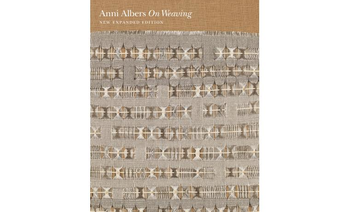The title of this book does not reflect the content. In other words, author Sami Hermez is not speculating on the probabilities of another war in Lebanon and is instead trying to explain how Lebanese from all political parties lived during the war and why they cannot forget the memories of past conflicts. He talks of how an impromptu conversation, a family gathering or a lunch with friends can turn into a discussion about both past and future violence.
Although this book may lead to a broader understanding of violence in countries experiencing conflicts, such as Afghanistan and Iraq, Lebanon remains a unique case. In this small country coexists 18 religions and, since 2007, 81 political parties. The first intercommunal fighting that the book discusses took place between the Druze and the Maronite communities in the Mount Lebanon area from 1838 till 1860. A century later, the 1948 Palestine war caused the exodus of 700,000 Palestinian refugees. The civil war, which began in July 1958, was fought between forces for and against the Baghdad Pact. Then, the clashes between the Lebanese Phalanges Party and the Palestine Liberation Organization on April 13, 1975, marked the beginning of the Lebanese Civil War followed in December 1975 by the Christian militia’s massacre of Muslims in Beirut, known as Black Saturday. Since then, Lebanon has been enmeshed in an open-ended cycle of violence. The 15-year-long civil war, which ended in 1990, was not a continuous war, but a series of battles followed by numerous cease-fires. In July 2006, Israel waged a month-long war on Lebanon followed a year later by an armed insurrection in the Nahr Al-Bared Palestinian refugee camp between the Lebanese army and Fateh Al-Islam. The first decade of the new millennium followed this pattern, with multiple tense periods of hostility and fighting.
The people who stayed in the country adapted to this new way of life, a pattern of periods of war followed by a temporary state of peace. However, it is when the armed confrontation has ceased and life regains a sense of normalcy that people believe that war is always on the horizon. “Political violence continues to structure our daily lives in supposed peacetime,” the author writes.
Despite the tensions, the Lebanese people have always tried to lead a normal life during the periods of war. “While the war went on above and around us, while the displaced tended to their lives…we ate at Roadster, had meetings, went out for a drink, worked on humanitarian relief operations and conducted our everyday lives the way we saw fit,” says Dima, an architect and grassroots activist who is interviewed in the book.
The author himself recalls his feelings and how quickly he adapted to the situation when he was in a combat zone during the war in 2006. After being picked up by the army for taking pictures too close to a military base, he ended up spending the night in jail. He learned that other convicts had been evacuated because military locations were targeted by the Israelis. Hermez heard the bombs exploding in the distance, all the time wondering if the next one would hit the prison. “Fear struck me as I anticipated the bombs and heard the explosions, followed by the momentary calm of knowing this time my location was not the target. I was exhausted and soon, despite the fear, I fell asleep on the humid ground, separated from it by a thin, hard, rancid mat. Something about the bombings made them both absent and present though their sounds and the potential to annihilate me at any moment, an absent presence that I managed to acquaint myself with enough to sleep through much of the night.”
During the 2006 war, Broummana, a lovely town nestled in the mountains, was the place to be if you wanted to have fun despite the war. Many Lebanese believed that going out with friends and having a good time was a normal thing to do.
“Publicly, at the same time, I often heard the outings defended as a form of resilience, a motivation to keep the economy moving, or as another form of resistance known as ‘sumud,’ or perseverance,” Hermez writes.
Almost bizarrely, many Lebanese from all walks of life told the author how they wished the days of war would return.
Indeed the so-called golden years of Lebanon, and Beirut in particular, took place from the 1960s to the 1970s — the era of war and strife. Power blackouts and garbage blocking the streets are said to have been less common during the war than they are today. Some claim that that even in the middle of the civil war there was more hope for the country than there is today.
In the end, the Lebanese attitude to violence is based to the principle of “No Victor, No Vanquished.” Saeb Salam, a former prime minister, was the first to coin the slogan that implies that political parties or sects in Lebanon cannot eliminate each other. All political groupings must be represented in the political system. This principle has been constantly evoked after each conflict to ensure “coexistence and national unity” in order for Lebanon to remain a place that is tolerant.
The author highlights the fact that the lack of winners and losers “contributes to the idea that the causes of the war are unresolved…The political leadership in Lebanon is responsible for the continuation of violence, which not only remains a central and societal concern to this day but also facilitates its reemergence in the future.”
Book Review: Living through conflict in Lebanon
Book Review: Living through conflict in Lebanon













